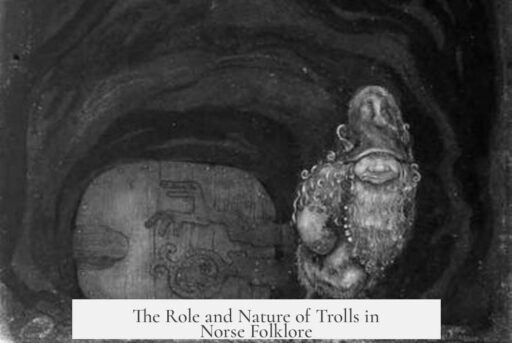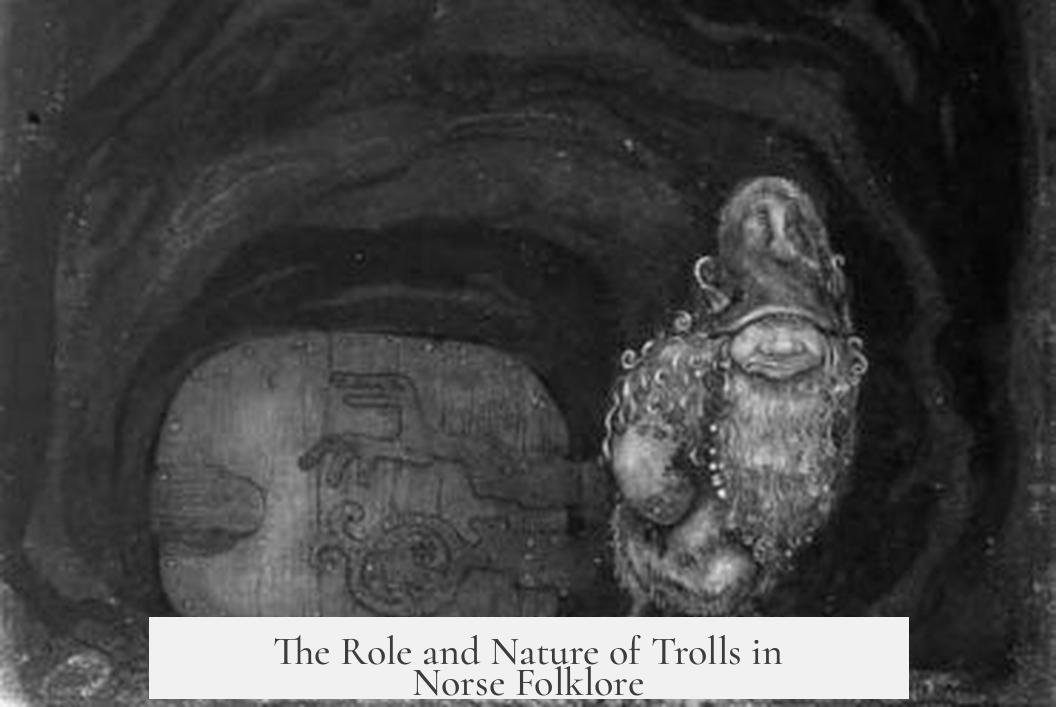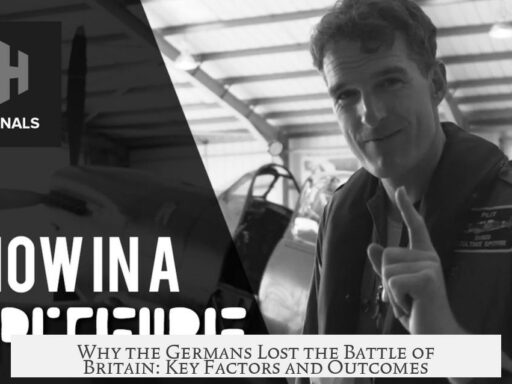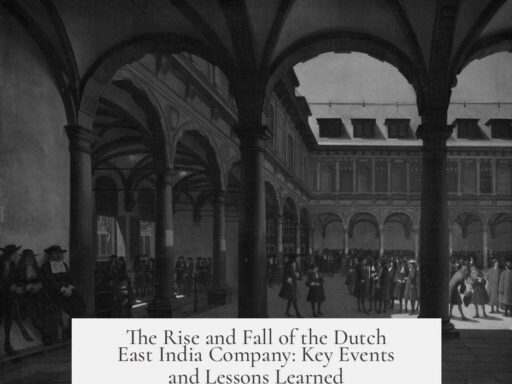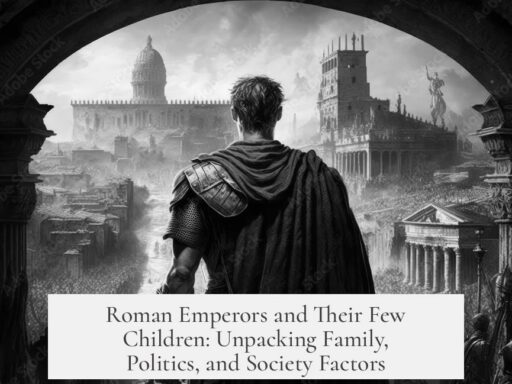Trolls in Norse folklore play a complex role as supernatural beings, ranging widely from monstrous giants to smaller, elf-like creatures. They often embody the ambiguous and shifting nature of old beliefs, influenced heavily by cultural and religious changes over time.
The term “troll” is broadly used across modern Scandinavian languages. It can mean various supernatural beings depending on the region and context. Trolls sometimes appear as large, ogre-like monsters, while in other tales, they take forms closer to elves or nature spirits. Their identity is thus fluid, differing between folklore traditions.
One key element in understanding trolls is their frequent confusion with giants. Both are often large and strong beings, and many stories blend their features. Even in modern English, “troll” and “giant” are used almost interchangeably due to influence from Norwegian folklore. However, Norse mythology distinguishes between them sharply.
- Giants (known as jotnar) are more abstract and cosmic, often not encountered personally but inferred from nature’s wonders like rock formations.
- Trolls tend to be more localized and personal beings, sometimes engaged in direct interactions with humans.
Because of their size and nature, many trolls resemble giants, but giants are typically linked to grand, mythological forces. Trolls, in contrast, belong to regional tales with a stronger folklore presence.
Christianization had a significant effect on the conception of trolls. Before Christianity, Norse beliefs included various supernatural beings such as huldre (hidden folk), nøkk (water spirits), dvergar (dwarves), and gods like the æsir and vanir. After the Christianization, the term “troll” became a catch-all label for many of these beings, often deemed sinister or associated with the devil, though not always purely evil.
This process of syncretism means that many old entities were demoted or transformed into trolls in the folk imagination. The identities of these creatures blurred, as stories were told and retold under Christian influence, which saw these beings as lesser or malevolent supernatural creatures. Hence, trolls retained some original traits but were increasingly seen as dangerous or mischievous.
The variability in Norse folklore is noteworthy. The old belief systems were never formally codified, varying greatly by place and era. Following Christian suppression, folk tales mixed disparate elements, leading to diverse portrayals of trolls. This explains why some tales describe trolls as enormous monsters hiding in mountains or caves, while others depict them as smaller, cunning entities living near human settlements.
In many narratives, trolls symbolize the wild, untamed forces of nature. They often live in isolated places: forests, mountains, or under bridges. Their relationship with humans is ambiguous. Some stories portray trolls as hostile to humans, dangerous and destructive. Other tales suggest trolls can be tricked or outwitted, reflecting human cleverness in the face of nature’s mysteries.
Below is a concise comparison of trolls’ typical characteristics in Norse folklore:
| Aspect | Typical Troll Traits |
|---|---|
| Size | Varies from very large (ogre-like) to smaller, elf-like beings |
| Nature | Supernatural, wild, linked to nature’s untamed places |
| Temperament | Often hostile or mischievous, sometimes indifferent |
| Relationship to Humans | Can be dangerous but sometimes tricked or negotiated with |
| Origin in Christianity | Label merging diverse older supernatural beings, at times demonized |
| Confusion with Giants | Overlap in size and traits but giants more abstract |
In summary, trolls are key figures in Norse folklore representing a range of supernatural beings. They illustrate the fusion of nature, myth, and religion over centuries.
- Trolls occupy a broad category of supernatural beings, from giants to small elves.
- They overlap with giants in stories but differ in mythological role.
- Christianity shaped the troll concept by grouping many older beings under this term, sometimes negatively.
- Trolls are linked with wild nature, often living in remote places.
- They exhibit varied temperaments, hostile at times, but also subject to human trickery.
- Folklore about trolls varies greatly by region and era due to oral tradition and cultural shifts.
What kinds of beings were known as trolls in Norse folklore?
Trolls covered a wide range. They could be huge monsters or smaller supernatural creatures like elves. The exact type varied by region and language in Scandinavia.
How were trolls different from giants in Norse stories?
Trolls were often big and sometimes confused with giants, but giants were seen as abstract beings tied to nature. People believed in trolls more concretely, while giants symbolized unusual natural features.
Why did trolls become a catch-all term after Christianization?
Christianity bundled many old beings—like huldre, dvergar, and others—under the label “trolls.” They were viewed as devilish but kept unique traits, not always purely evil.
Did Norse people believe in trolls as real creatures or just stories?
Trolls had a strong place in everyday belief, unlike giants who were more abstract. Troll stories mixed observation with old tales reshaped over time.
How did the changing beliefs affect the image of trolls?
Once Christianity spread, older gods and spirits lost status. Many became seen as trolls or demons, blending various beings into one category in folk tales.
